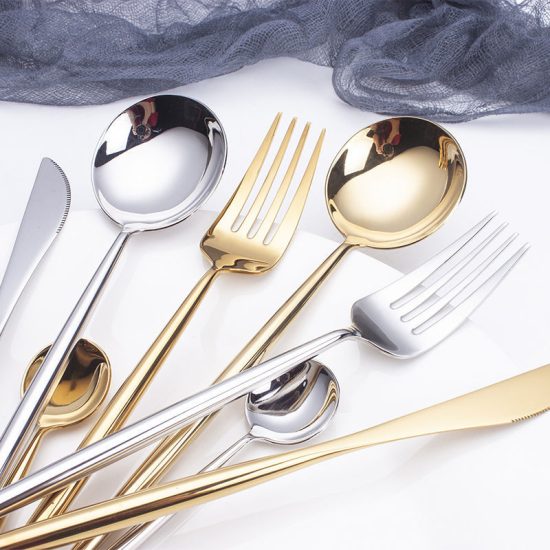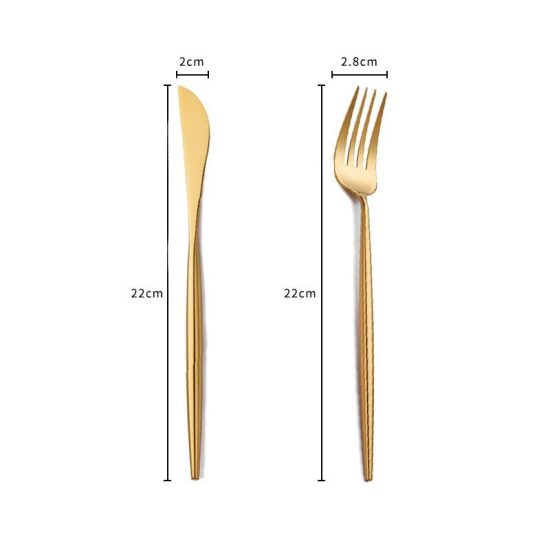Proper care and maintenance of your tableware can help prolong its lifespan, preserve its appearance, and ensure that it remains in good condition. Here are some essential tips for cleaning and maintaining your tableware:
- Read Manufacturer’s Instructions: Always check the manufacturer’s instructions or recommendations for cleaning and maintenance specific to your tableware. Different materials and finishes may require specific care methods.
- Handwashing vs. Dishwasher: Some tableware is dishwasher-safe, while others are best handwashed. Check the labels or manufacturer’s instructions to determine the recommended cleaning method. When handwashing, use warm water, mild dish soap, and a soft sponge or cloth to gently clean the tableware.
- Avoid Abrasive Cleaners and Tools: Avoid using abrasive cleaners, scouring pads, or harsh chemicals that can damage the surface of your tableware. Stick to mild dish soap and non-abrasive cleaning tools to prevent scratches or discoloration.
- Remove Stains and Residue Promptly: Deal with stains or food residue on your tableware as soon as possible to prevent them from setting or becoming more difficult to remove. Rinse or soak the affected items in warm water to loosen the stains before cleaning.
- Use Soft Brushes for Delicate Pieces: For delicate or intricately designed tableware, such as fine china or decorative glassware, use soft-bristle brushes or bottle brushes to clean hard-to-reach areas without causing damage.
- Avoid Extreme Temperature Changes: Rapid temperature changes can cause tableware to crack or shatter. Avoid exposing hot tableware directly to cold water or vice versa. Allow tableware to cool down or warm up gradually before cleaning or serving.
- Dry Thoroughly: After cleaning, ensure that your tableware is completely dry before storing it. Moisture can lead to mold growth or tarnishing. Use a soft, lint-free cloth or allow the tableware to air dry on a clean, dry surface.
- Store Properly: Store your tableware in a clean and dry cabinet or cupboard. Use dividers or soft padding between stacked items to prevent them from scratching or chipping. Avoid overcrowding to minimize the risk of accidental breakage.
- Handle with Care: When handling tableware, be gentle to avoid accidental drops or impacts. Avoid stacking heavy items on top of delicate pieces, and use caution when using utensils around your tableware to prevent accidental damage.
- Regular Inspections: Periodically inspect your tableware for any signs of damage, such as chips, cracks, or discoloration. Address any issues promptly to prevent further deterioration or potential hazards during use.
By following these care tips, you can help maintain the beauty and functionality of your tableware for years to come. Always refer to the specific care instructions provided by the manufacturer for the best results and to ensure the longevity of your tableware.


